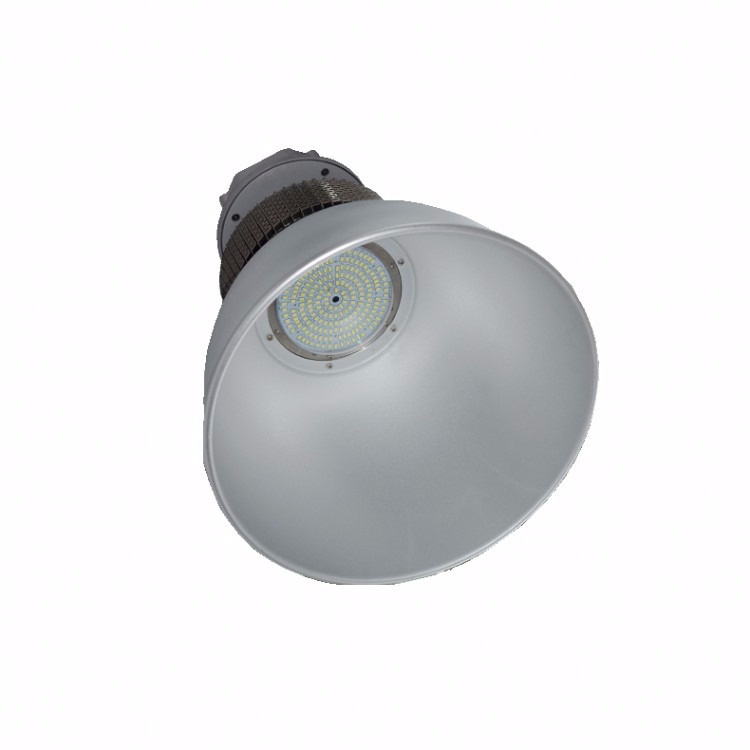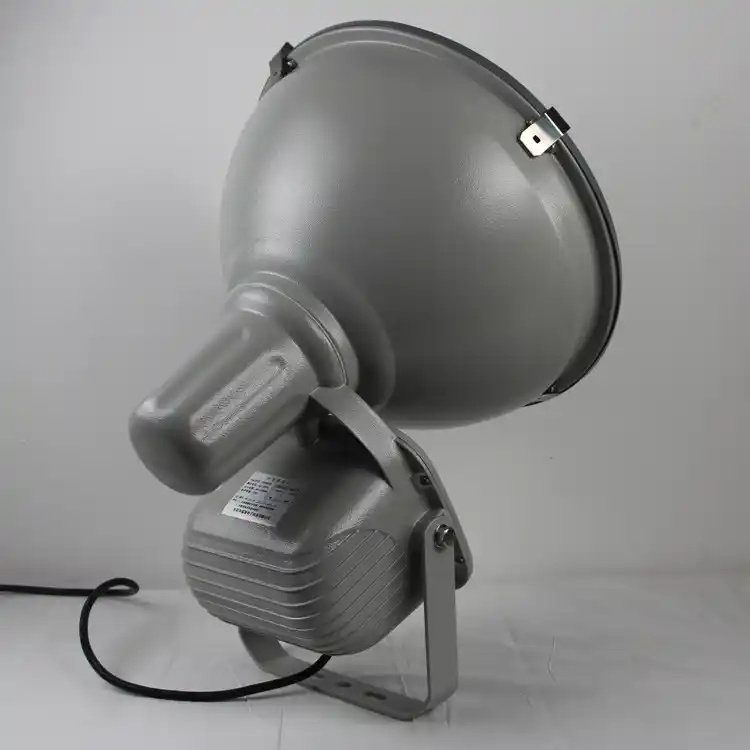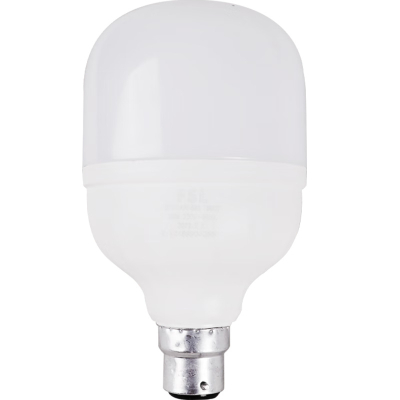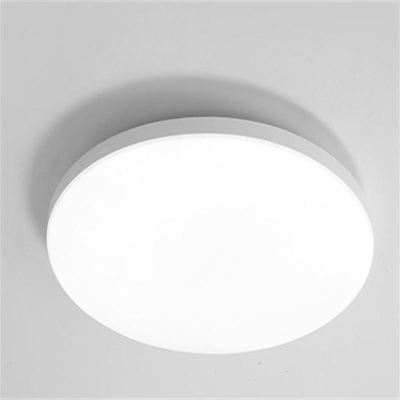Sodium Flood Lamp
A sodium Flood Lamp is a type of floodlight that uses a sodium - vapor lamp as its light - emitting source. Sodium - vapor lamps are a kind of high - intensity discharge (HID) lamp. They are designed to emit a bright, broad - beam light that can cover a large area, making them ideal for outdoor lighting applications such as illuminating large - scale industrial areas, sports stadiums, and parking lots.
Light Technology
Low-Pressure Sodium (LPS): Extremely efficient (up to 200 lumens/watt) but monochromatic yellow light.
High-Pressure Sodium (HPS): Broader color spectrum with better color rendering (CRI ~20-30), widely used in streetlights and stadiums.
Operates on sodium vapor discharge principle, emitting a characteristic golden-yellow light.
Available in two main types:
Energy Efficiency & Longevity
More efficient than traditional incandescent or halogen floodlights.
Average lifespan: 16,000–24,000 hours, reducing maintenance costs.
Common Applications
Street lighting
Highway illumination
Parking lots & security lighting
Industrial areas & warehouses
Sports field lighting
Advantages
✔ High luminous efficacy (superior to most HID lamps)
✔ Long operational life
✔ Effective in foggy conditions (yellow light penetrates better than white light)
Disadvantages
✖ Poor color rendering (CRI) – Not ideal for applications requiring true color distinction.
✖ Warm-up time – Takes several minutes to reach full brightness.
✖ Contains hazardous materials (requires proper disposal).
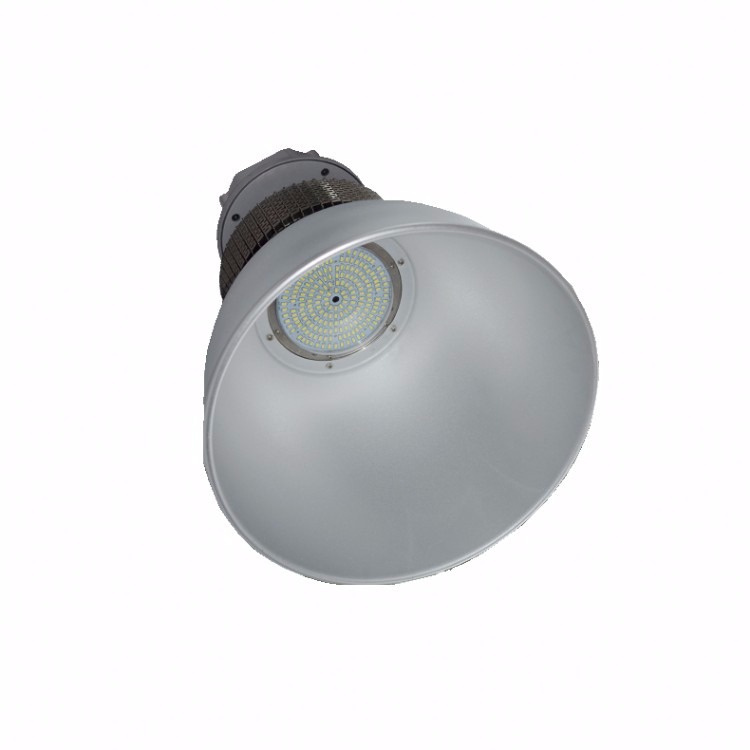
Electrodes: There are two electrodes located at the ends of the arc tube. These electrodes are usually made of a refractory material such as tungsten. Their function is to provide the electrical connection necessary to create and maintain the arc discharge. The electrodes need to be able to withstand the high temperatures and the chemical reactions that occur during the operation of the lamp.
Outer Envelope: Surrounding the arc tube, there is an outer envelope. This outer envelope can be made of glass. Its main purposes are to protect the arc tube from the external environment and to reduce the ultraviolet (UV) radiation that is emitted by the arc tube. In some cases, the outer envelope may also have a phosphor coating. The phosphor can convert some of the UV radiation into visible light, which can improve the overall luminous efficiency and the color characteristics of the light output.
When the sodium lamp floodlight is turned on, a high - voltage pulse is applied across the electrodes. This causes the noble gas in the arc tube to ionize and form a conductive path. As current begins to flow through this ionized gas, the temperature in the arc tube rises rapidly. This heat causes the metallic sodium to vaporize. The sodium vapor then undergoes an electrical discharge process. Electrons in the vapor are excited to higher energy levels and then emit light as they return to lower energy levels. The light emitted by sodium vapor is mainly in the yellow - orange spectral range.
High Luminous Efficiency: Sodium lamp floodlights have relatively high luminous efficiency. They can produce a significant amount of light output per unit of electrical power consumed. This makes them energy - efficient lighting solutions for large - area illumination. For example, in a large - scale industrial complex, a sodium lamp floodlight can provide bright illumination over a wide area while consuming a reasonable amount of electricity.
Long Service Life: These lamps generally have a long service life. The typical lifespan of a sodium lamp can range from 10,000 to 20,000 hours or more, depending on the operating conditions. This long - life characteristic reduces the frequency of lamp replacement, which is beneficial for applications where maintenance access may be difficult, such as in high - mast lighting in large stadiums.
Good Penetration Ability: The yellow - orange light emitted by sodium lamps has excellent penetration ability through fog, dust, and other airborne particles. This makes them a preferred choice for outdoor lighting in areas where visibility can be affected by adverse weather conditions or industrial pollutants. For instance, in a port area where there is a lot of dust and sea - fog, sodium lamp floodlights can provide better - than - average illumination.
Poor Color Rendering: One of the main drawbacks of sodium lamp floodlights is their poor color rendering. The light they emit is mostly in the yellow - orange range, which means that they do not accurately reproduce the colors of objects. In applications such as retail stores or art galleries where accurate color representation is crucial, sodium lamp floodlights are not a suitable choice.

